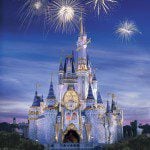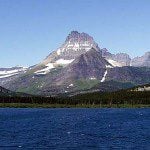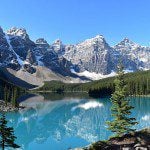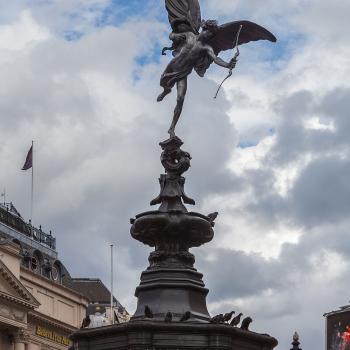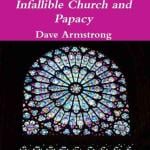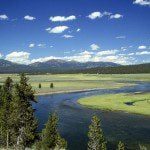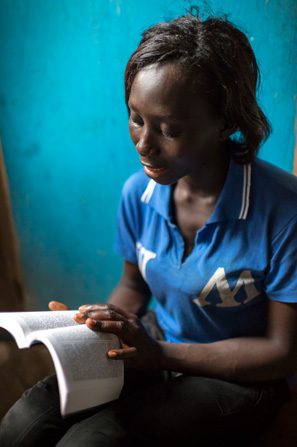
Jonn Claybaugh has contributed yet another concise set of helpful notes to the Interpreter Foundation for teachers and students of the Come, Follow Me curriculum of the Church of Jesus Christ of Latter-day Saints.
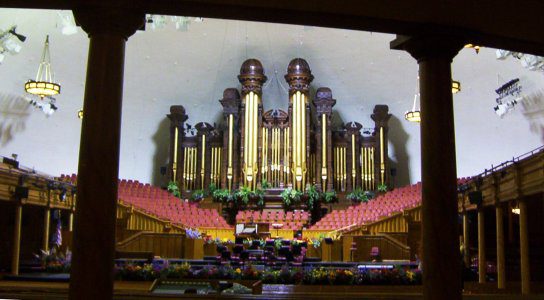
I was surprised (though not really surprised) to learn that Maurine Proctor, to whom I send my columns for Meridian Magazine — she and her husband, Scot, co-founded Meridian — wrote material each month for a decade and a half for the Tabernacle Choir’s “Spoken Word” component. I enjoyed reading her reflections on the experience: “I Wrote the Spoken Word for 15 Years.”
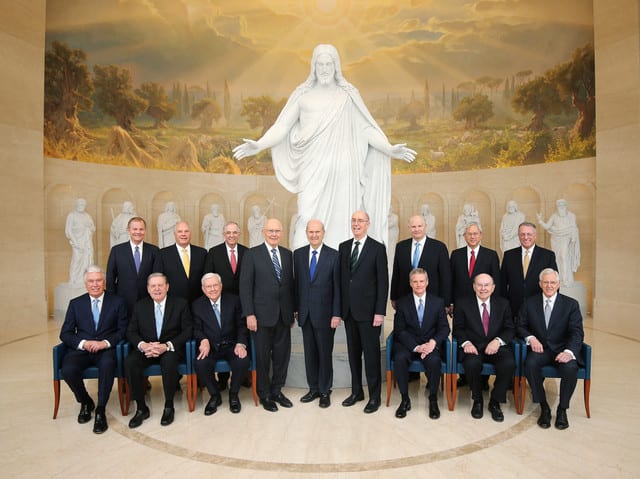
Some online MAGA types fault the leaders of the Church of Jesus Christ of Latter-day Saints for failing to stand up to the Deep State, for cooperating on humanitarian efforts with Muslims and with agencies related to the United Nations, for accepting vaccination, and for expressing insufficient hostility to homosexuals. Some online anti-Trumpists criticize the leadership of the Church for failing to denounce DOGE and ICE and the strikes on Iran.
In some cases, they contrast the Church’s leaders with the prophets of ancient Israel, who often spoke out on political issues. Of course, Israel was a religiously monolithic theocratic state, whereas America is religiously pluralistic with a tradition of the separation of church and state. If the Church were to take an overt stance against MAGA and the Trump administration, the folks of MAGA would (rightly) denounce it for having exceeded established American norms. If the Church were to take an express position in support of MAGA, opponents of Mr. Trump and his movement would (rightly) denounce it for having violated received American conventions regarding the proper role of religious organizations.
I’m not sure why both sides demand that Church leaders direct its members on political issues. I, at least, feel perfectly capable of coming to my own opinions on such things. We aren’t actually “sheeple,” despite what some folks like to say about us. “I teach them correct principles,” said the Prophet Joseph Smith when asked how he governed so large and diverse a people, “and they govern themselves.”
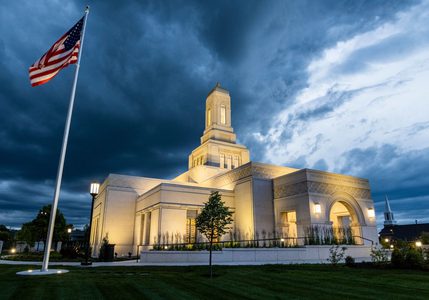
One of the reasons that I wanted to see it is that it’s pretty much the twin of the Cody Wyoming Temple, which President Nelson announced just six months later, on 3 October 2021, but which, nearly four years later, owing to multiple legal challenges, has only recently been framed to its highest eventual point. It will be slightly taller than the temple in Helena, Montana, at 101 feet, and slightly smaller, at 9,950 square feet.
As you can see here, the Helena Montana Temple sits in a residential neighborhood in the middle of town. By way of contrast, the Cody Wyoming Temple appears — see here — to sit on the edge of Cody, with very little around it. And yet the complaints lodged against permitting the temple to be built in Cody — complaints that, as far as I know, had no parallel in Helena — claimed that it would overshadow the city and command all traffic approaches to it, dominate the Cody skyline, blot out the night sky, obscure views of the mountains, and blight the neighborhood. It was, some insinuated, an imperialist attempt by the Church to claim Cody as a kind of Latter-day Saint “dominion.”
From the beginning, I thought much of the opposition in Cody overwrought, if not altogether disingenuous. (It may or may not be significant or relevant that a partially complete Latter-day Saint stake center in Cody was destroyed by an arson fire in 1980. The crime remains unsolved.) I still haven’t come up with an excuse to visit Cody since the temple there was announced, but my brief visual inspection of the Helena Montana Temple and its neighborhood setting has done nothing, thus far, to change my impression.
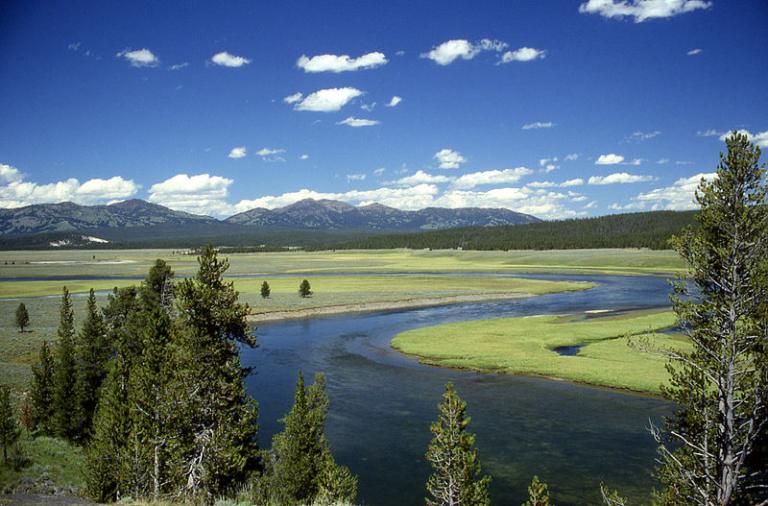
(Wikimedia Commons public domain image)
We headed briefly into Yellowstone National Park this evening after unloading our car at our lodgings in West Yellowstone. It was the ideal time (or so we thought) for seeing wild animals. They would be coming a little out of the woods, to the lakes and rivers for water, and so forth. And, in fact, we saw a few deer and, at a considerable distance, a couple of elk. But the fact is that this trip hasn’t been a very successful one for spotting animals. We’ve sighted deer, of course, and elk, and a number of bison along the way, and, up near Canmore in Alberta, a black bear. But it may be getting harder and harder to recruit wild animals for these locations: The problem, I think, is the lack of reliable internet access. Modern wild animals aren’t stupid.
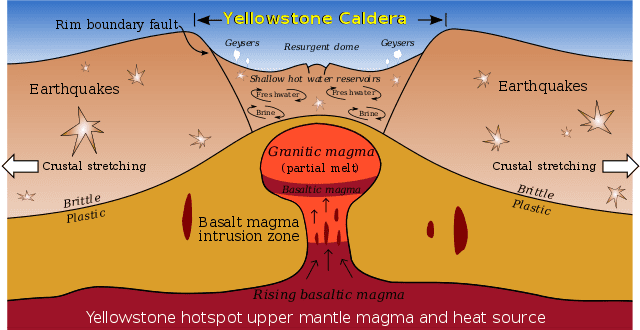
My inclination is, when and if the Yellowstone super-volcano decides to explode, that I would rather be right next door and get things over with than to succumb slowly, downwind. Instant vaporization rather than a slow doom. That’s the way for me. Wish me luck!
Posted from West Yellowstone, Montana


